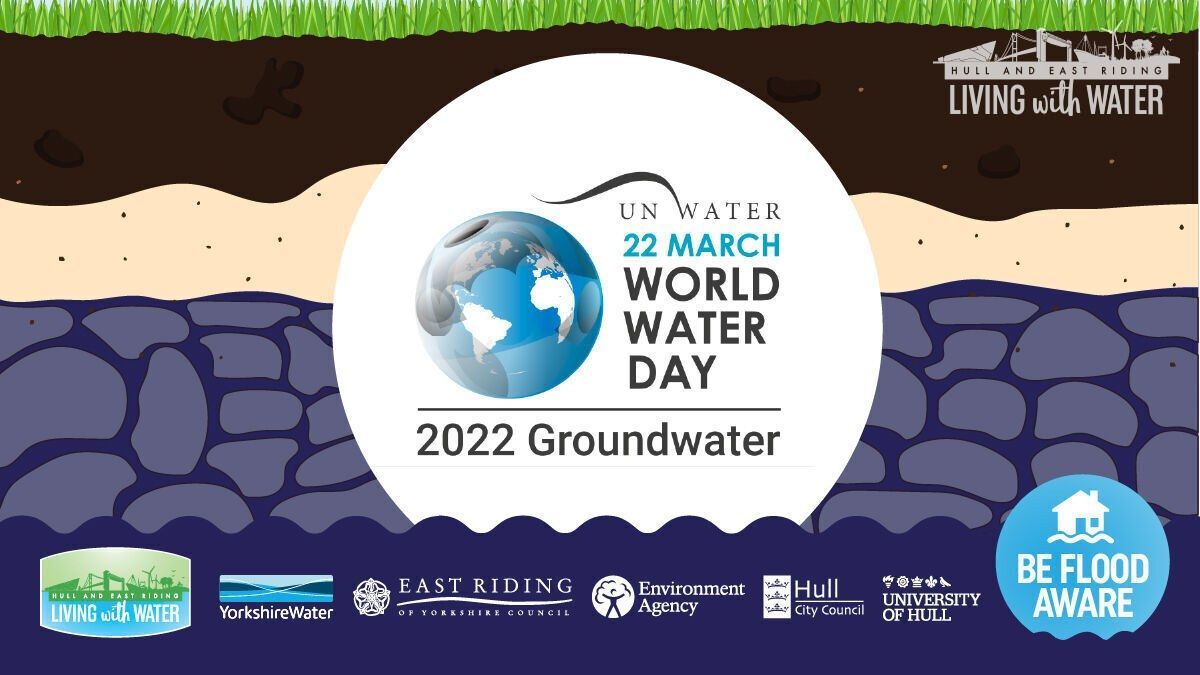22nd March 2022

This World Water Day is focused on groundwater, and we’re taking this opportunity to raise awareness of groundwater flooding – which is much less well-known than other types of flooding, such as surface water, or river and tidal flooding.
Flooding from groundwater can happen when the level of water within the rock or soil underground – known as the water table – rises. When the water table rises and reaches ground level, water starts to seep through to the surface and flooding can happen. This means that water may rise up through floors or underground rooms such as cellars or basements.
Many people won’t realise the important impact groundwater levels can have during times of rainfall, as not only is groundwater mostly not visible, as it runs beneath our feet, but groundwater flooding is also much slower to occur than river flooding – it will usually happen days, weeks or even months after heavy or prolonged rainfall, while it may last weeks or even months.
Did you know that there is a handy tool available to check the groundwater levels where you are? By using the flood check tool developed by the Government, you can not only see the latest flood warnings where you are, but also see the current river, sea, groundwater and rainfall levels in your local area. Click here to take a look.
If you’re concerned about groundwater flooding at your home or business, the most effective way to keep groundwater out of your property is to use a drainage or pump system to divert the water away from your property. Find out more information by clicking here.





